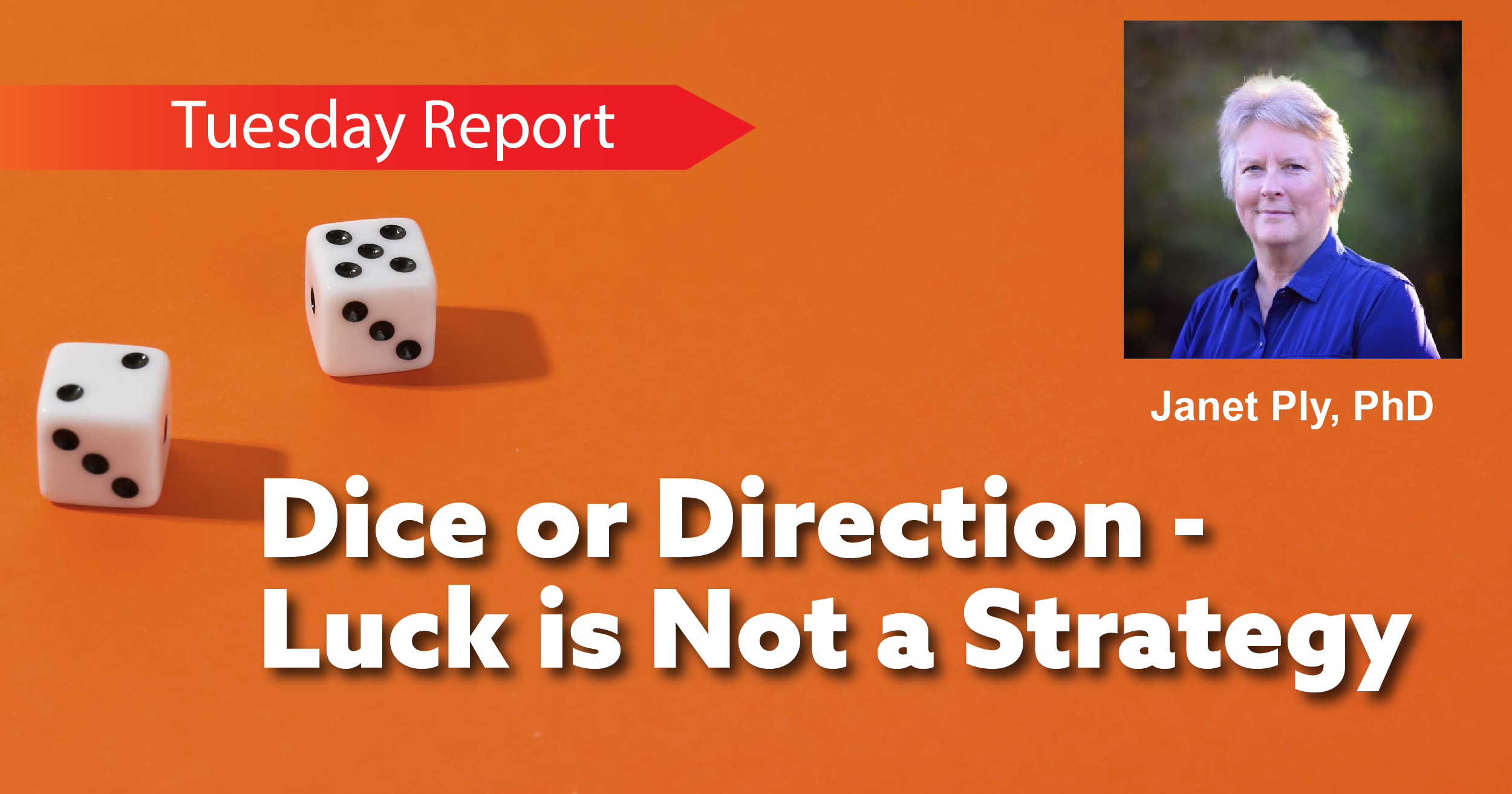Who hasn’t heard this old piece of advice – “Don’t reinvent the wheel!”
You can certainly make a case for not reinventing the wheel.
The fundamentals of the wheel have literally not changed in over 5,000 years. It began round in shape and made it easier to move something rather than dragging it over the ground. Then someone added the axle‚ and that was that.
So the wheel has become a symbol today of the way you move things forward in organizations. Therefore, do we reinvent it or not? When we’re moving forward successfully in sales, revenues and market share, we don’t want to reinvent the wheel, because it’s so perfect that who in his/her right mind would want to change it?
Well, everyone at some point wants to reinvent the wheel. When you see others in your space suddenly whizzing past you, you suddenly want to reinvent the wheel. Leaders fall into two camps – those who have a bias for wanting to reinvent the wheel and those who believe we should continue in time honored ways. The best leaders are cautious “wheel re-inventers.”
But “reinventing the wheel” in your organization can be dangerous. It’s costly and it all too often, it doesn’t work. Knowing when, how, and how much to change is one of the most important skills of a corporate leader.
THE FOLLOWING ARE PRINCIPLES AND THINKING TOOLS WHEN CONSIDERING WHETHER YOU WILL REINVENT THE WHEEL OR NOT.
1. First identify the “wheel” that moves your organization forward. What are the vehicles that move you forward? If you were in the milk business in 1940, your wheel would be the milkman, delivering product to your door. If you were in the banking business in 1960, the delivery system would be the bank location. If you were in the music business in the 1980s, your wheel would be the 8-track tape, which delivered music to your listener. None of these ways these industries delivered products are primary today. All these wheels have been reinvented. What about your wheel? What is it and how long can you run on it?
2. Ask yourself, what will make the “wheel” my organization runs on obsolete and leave me on the side of the road? Is the wheel I’m running on out there being reinvented and I’m not even aware of it? Is there a technology or methodology that someone is beginning to use that really irritates me and I’m sure it won’t work and I somehow think is wrong? That technology or product delivery system that you dislike and discount today may your biggest nightmare tomorrow.
Most organizations are unaware that the wheel they are traveling on is about to get reinvented. We must continually scan the horizon to find emerging technologies that might affect us. Kodak, the iconic camera brand just emerging from bankruptcy, never took digital cameras seriously. And can I obsolete my own wheel before someone else does it to me? If I can reinvent my own wheel before someone adds it to the encyclopedia of what used to work, my new version of my own wheel will allow me to race ahead.
3. One set of wheels will not keep you on the road. You have to maintain a fleet. If your organization is able to thrive and survive, you need several vehicles to deliver your product. Race cars crash, and sometimes you need a cement truck or a long haul carrier to get the job done. If we’re not working on your next set of wheels, we won’t have time to reinvent that wheel when you have to. An organization with one set of wheels is the organization that is a “one trick pony.” AOL rode on “dial up” email after no one used that technology. It’s an embarrassing and unprofitable position that I don’t want to be in.
4. Have it both ways – reinvent the wheel, and then don’t. How can you reinvent the wheel of your organization in small incremental ways from the flow of work to the configuration of office space. These incremental changes can be dramatic. Some of us remember dragging suitcases around in airports, and suddenly someone had the idea of putting wheels on them, and that enabled all of us to speed down airport corridors and significantly improve our personal productivity. Then there is breakthrough game changing reinvention. The typewriter was a breakthrough technology that came in the 1960’s. This technology went through many changes through the amazing electric typewriters of the 1980s, incremental change that happened over 100 years. Then came the civilization changing persona computers that made that technology obsolete in less than a decade.
5. There is no wheel that shouldn’t be “reinvented” in some aspect. The pace of business today confirms that one startling reinvention is obliterated by something else more spectacular. There is certain wisdom in the advice, “Don’t reinvent the wheel!” It warns us of gobbling up resources doing something another way when it doesn’t need to be changed. There is no wheel that will not be reinvented, however, and I surround myself with people in my organization that are eager for reinvention. The mindset of reinvention is the key factor that will take a person through a career today.






